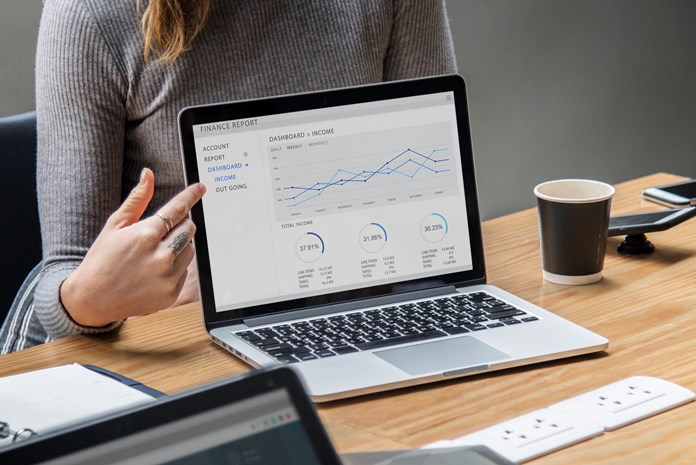Posted on 30 September by Simon Gomez in MAP monitoring
The minimum advertised price (MAP) is a known policy between the supplier and the retailer. The agreement is the lowest price a seller can publicize the supplier’s products. That does not mean that it is the lowest price dealers can sell it for in their stores. It is the lowest they show it or promote it to the customers.
Having this is vital for any retailer, supplier, and brand. Sellers can preserve their margins, gain profits, and have a better relationship with their suppliers. For the suppliers, it enables them to obtain adequate profit from the products they sell. And for the brands, their value is protected because their products have a steady price, maintaining their premium status. While MAP has many advantages, some companies still do not use this strategy. In the following lines, we will recount the myths and excuses customers tell us for not utilizing the MAP tool.
1- “We do MAP manually.”
Yikes. Well, one good thing is that you are using MAP. But doing it by hand or old-fashioned takes a lot of time and makes room for many mistakes. While you might catch some infringements, many more pass through, and you are not detecting them. That means a loss of money for your company and a loss of brand value. With a program, you can do this faster, and no violations will slip through.
2- “It is too expensive.”
Having a MAP monitoring program costs money like everything. But your company must see this as an investment. In the long run, having this software in your company will pay off in terms of profit margins and brand equity.
Regarding profit margins, your products will not be sold at bargain prices. And if any of your sellers try to do this, the program will alert you. For the brand, it creates more value. Since all the products‘ prices are the same in all stores, customers know that your brand has value and will not get cheap products. Companies and brands tend to think too short-term. That is why MAP policies often fail and get a bad reputation.
3- “We rely on retailers telling us.”
That is a double-edged sword tactic. Of course, you want to trust the sellers you collaborate with. Unfortunately, you cannot rely on them to tell you what they are doing. Sometimes they do not have the time to communicate that to you, or in the worst-case scenario, these dealers do not want you to know what they are doing. That leaves a door open for infringements to happen because you do not know what your sellers are doing with the prices of your products. Plus, with this approach, you tempt your retailers to do anything they want with your products (in terms of pricing).
4- “No time to learn the software.”
If you already have price monitoring software, this is just an additional feature on the program, and they are self-explanatory. The learning process goes fast, and it is easy because these programs tell you what you need to do. Like point #2, MAP monitoring programs must be seen as an investment for your company.
But if you don’t have a price monitoring program, do not worry. It will take a little time to learn to use it, but not that much because the system is easy to use. All you need is a Google Shopping XML feed, and you are ready to go. On top of that, the different reports and graphs offer you the information you want to see.
Conclusion
Many customers and companies have expressed doubts about MAP monitoring. But, due to fallacies, they are missing out on a great tool that can help their business. PriceTweakers has a MAP monitoring tool that will monitor all your sellers, saving you time and money. The best part? It does this automatically. That means you don’t have to rely on sellers telling you what they are doing. Furthermore, using the MAP tool is easy, and you can contact your vendors through the program if they are underselling your products. Contact us for more information.
Share this page





